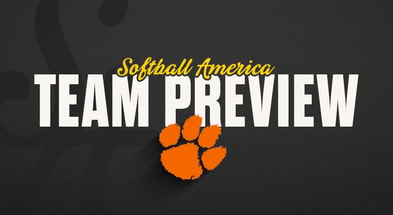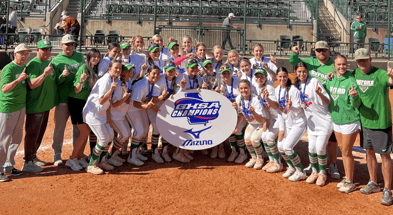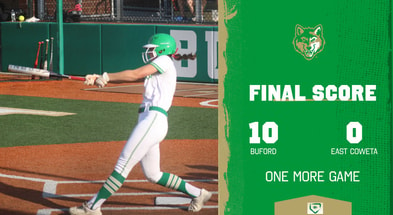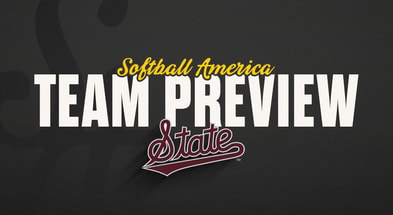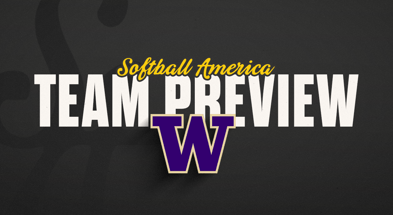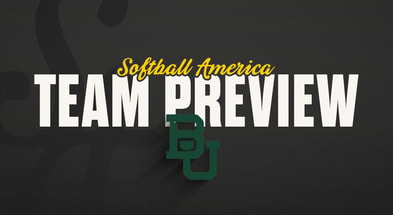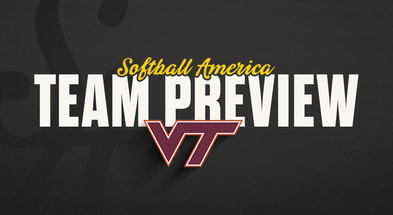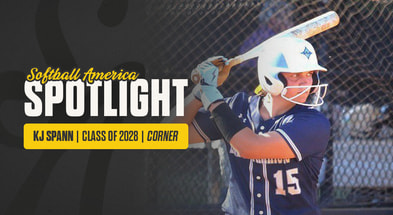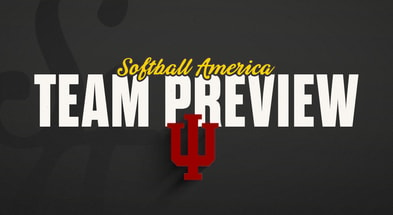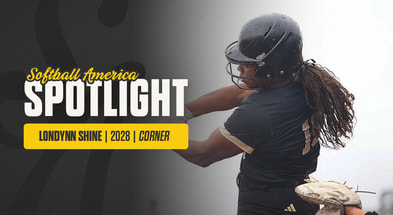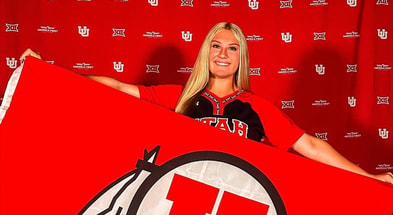WCWS Rules, Rules, Rules Review
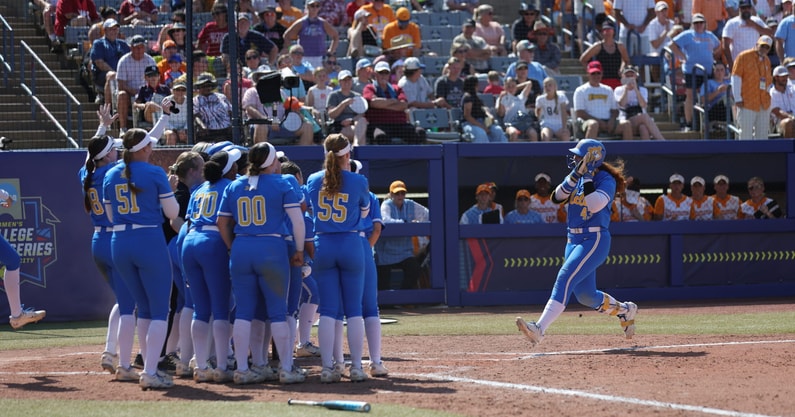
Elimination Sunday at the Women’s College World Series provided all of us a chance to dive into the rule book. Let’s take a look at three controversial calls that were either challenged by video review, very rarely called or just out of the ordinary. Let’s start with the most controversial call of the day in the seventh inning of the UCLA/Tennessee game.
1. Runner returned to touch home plate on home run.
Video Review Appendix G
The seventh inning, down by two-runs with two outs, UCLA’s Jordan Woolery singled to left to bring up Megan Grant. Grant smacked a no-doubter to the right-center bleachers to tie it. As Grant approached home, the Bruin bomber appeared to stomp over the plate and did not touch home. She was pushed back to touch the plate by Alexis Ramirez. Tennessee challenged the call and asked the umpires to make the call on the field. Since the umpires did not see her miss the plate, they opted to go to video review. After a nearly 15 minute review, the umpire crew indicated the call could actually not be reviewed and referenced Appendix G. A pool report was conducted to get clarification on the call.
Pool Report Regarding the Home Run Play in the Top of the Seventh Inning During the UCLA vs. Tennessee GameInterview with Vickie Van Kleeck, Secretary-Rules Editor, NCAA softball rules committee and Steve McCowan, national coordinator of softball umpires.
Question: What transpired following the home run hit by UCLA’s Megan Grant?
Following the home run celebration, the umpires got together to determine whether the runner touched home plate. The umpires observed that the runner returned to touch home plate, but it wasn’t clear if the runner was assisted by a teammate. In an effort to get the call right, the umpires decided to initiate video review to help determined what occurred.
Question: What made the play not reviewable?
A runner being assisted on the basepaths by a teammate is not on the list of reviewable plays in the NCAA Softball Rule Book.
Appendix G of the NCAA Softball rules book does not allow for the challenge of rule 12.17.3.4.1, which states that no offensive team personnel other than the base coaches and base runner(s) shall touch a runner until the runner contacts home plate.
Question: What would the outcome have been if the play was reviewable?
Because a home run is considered a dead ball, per Rule 12.17.3.4, on an initial offense, a warning would have been issued to the offending team, and it would not have affected the score of the game.
Top 10
- 1Hot
Auburn Coaching Search
Latest names to know & more
- 2Trending
JuJu Lewis
Colorado to start freshman QB
- 3New
Nick Saban
Has talked to LSU per Shaq
- 4
Playoff Predictions
Debate on No. 1 team
- 5
College Football Playoff
Teams that remain in the hunt
Get the Daily On3 Newsletter in your inbox every morning
By clicking "Subscribe to Newsletter", I agree to On3's Privacy Notice, Terms, and use of my personal information described therein.
2. Infield Fly Rule
Rule 11.16
In the first inning of the game, UCLA’s Jessica Clements and Jordan Woolery were on first and second when Megan Grant hit a fly ball to shortstop that ended up drifting into shallow left field. The umpire signaled for the infield fly rule, which automatically makes Grant out. It appeared Clements did not see the infield fly call and tried to advance to third thinking it was a force play. Per rule 11.16, the ball is live. The batter-runner is out if the batted ball is fair and each base runner may tag up and advance with the liability to be put out once the batted ball is touched (before it is caught), the same as on any caught fly ball. If a declared infield fly is dropped intentionally or allowed to fall untouched, the ball is live, the batter-runner is out, which removes all force plats, and each base runner may advance with liability to be put out. A base runner need not retouch their base(s).
Clements would have potentially scored a run had she run through and touched home plate. Instead, she was ruled out by leaving the field of play to start the game.
The signal for infield fly:
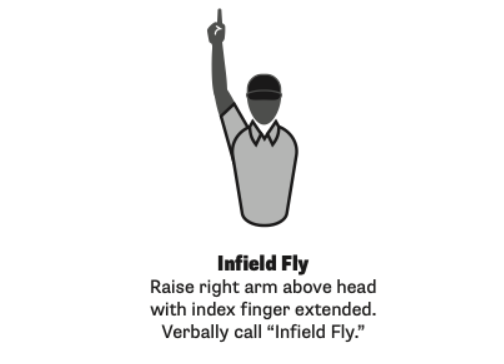
3. The pitcher taking the signal.
10.2 Taking the Signal
Sam Landry was called for holding the ball for longer than five seconds in the Oklahoma vs. Oregon game. It was the third wacky call of the day. Landry and Coach Gasso asked for clarification and the home plate umpire referred to 10.2.3 in the rule book.
10.2.3 After receiving the signal, the pitcher’s hands must come together in view of the plate umpire for not more than five seconds.
Note: The hands do not have to come to a complete stop and, therefore, may be moving during the touch.
EFFECT—The ball is dead and a ball is awarded to the batter if the hands come together for more than five seconds. (See Rule 10.18.) Delayed dead ball is signaled and illegal pitch enforced if the pitcher does not bring their hands together at all. (See Rule 10.8.)
